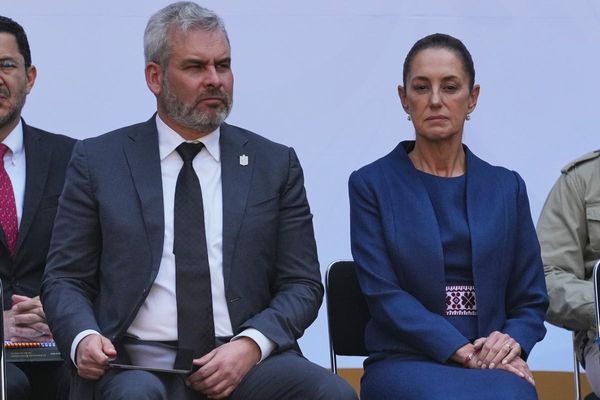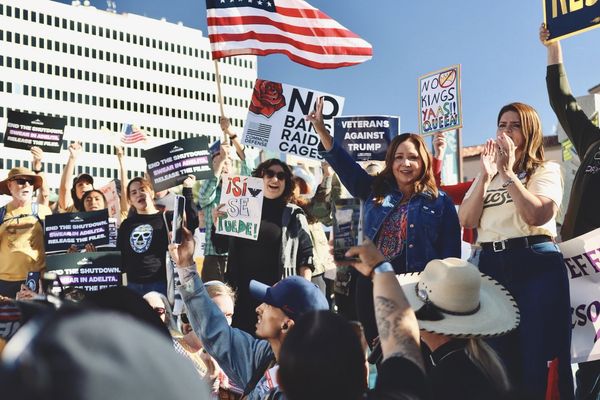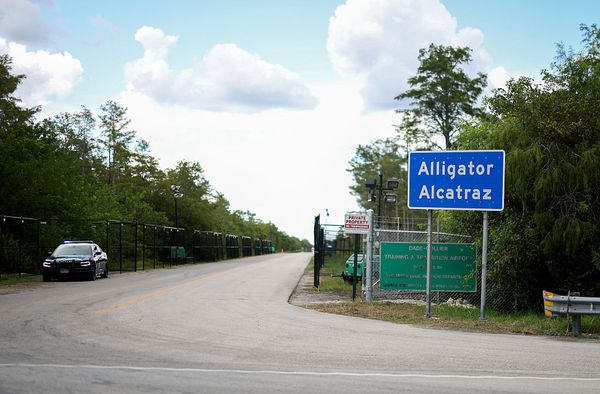
The recent escalation of U.S. tariffs under the second Trump administration is a major blow to Asia and, by extension, global supply chains.
Trump has imposed steep import tariffs across Asia — perhaps not as high as the reciprocal tariffs announced on April 2, Trump’s Liberation Day, but certainly higher than ever.
China is still the primary target with 30% additional tariffs — at around 50% overall when previous tariffs from Trump 1.0 and the Biden administration are included. Singapore is at the bottom with 10%.
India has fared particularly poorly with 50% tariffs after Trump raised them from the original 25% in response to India’s decision to continue buying oil from Russia. India’s tariffs are clearly extremely high compared with Southeast Asian economies, such as Vietnam’s 20%, Indonesia at 19% and others, which hover around 20%. Taiwan faces tariffs at this level as well, though they are temporary.
As if this were not enough, Trump has also introduced a 40% transshipment tariff, aimed at preventing goods being routed through intermediary countries to evade higher duties — with China usually being the true origin although it has not been singled out officially.
In addition, major Asian net creditors such as Japan and South Korea — and potentially soon also Taiwan once its deal is fully negotiated — will need to invest hundreds of billions in the United States. The goal is to create a U.S.-centric supply chain and reduce reliance on China. Even more recently, a tariff on semiconductors has been announced at 100% with the notable exception of TSMC, the Taiwan chip maker.
These developments have sent shockwaves through Asia’s economic landscape, with more disruptions to come, especially to companies’ supply chain management strategies. First, the U.S. appears determined to reduce China’s dominance in global supply chains by recreating its own and reducing China’s importance in other economies’ manufacturing activities. Second, unlike in Trump 1.0, by increasing tariffs on emerging Asia so massively, China has no easy exit by producing or exporting from other Asian countries.
Which Asian country will suffer most from this “tectonic shift” will depend on how open its economy is, in terms of trade. and how high U.S. tariffs end up being. The latter is not yet decided as some sectoral tariffs have not been fully implemented and Trump could still change the newly set reciprocal tariffs. The level of uncertainty remains huge.
Moving to companies, the “China+1” strategy which many Western multinationals adopted after Trump’s first administration may no longer suffice. These multinationals may need to move to an Asia+1 strategy, as the new tariffs are higher for all emerging Asia economies and are more granular, focusing on transshipping. Countries such as Vietnam, Malaysia and Thailand, which had absorbed production from China until recently, may now see that activity shift to nations with lower tariffs. One case in point may be Mexico if Trump finally decides to renew the U.S.-Mexico-Canada Agreement and, thus, lower the current import tariffs on Mexico.
Conversely, China’s presence in Southeast Asia has never been larger, supported by free trade deals and greenfield investment. As China faces a diminishing U.S. market, its vast industrial capacity will increasingly need to look to the rest of Asia as its primary export market.
At the same time, China’s production is now much more integrated with Southeast Asia, especially Vietnam and, to a lesser extent, Malaysia and Thailand. This may encourage an “Asia for Asia” approach by Chinese companies if they fear direct protectionism from the rest of the world — a trend already being adopted by the European Union and some countries in the Global South. Such a situation will make Southeast Asian economies increasingly dependent on China both for imports and production as the current China-centric supply chain in Southeast Asia continues to grow.
The remaining question is India. From a potential big winner, given its size and the U.S. interest to moving production there — as well as the ongoing free trade talks with the EU — it has ended as a loser with some of the highest U.S. tariffs. This could change if New Delhi decides to align more closely with Washington geopolitically instead of keeping its long-standing non-alignment stance.
Another important factor is the massive investments pledged by Japan ($550 billion), South Korea ($350 billion), as well as the EU ($600 billion) to support a U.S.-centric supply chain and strengthen U.S. economic security. While some wonder whether such investments will ever take place, the reality is that a number of companies in Asia have announced large investments in the U.S., such as Samsung and Hyundai with TSMC being the largest ($100 billion).
The fact that Trump has made it clear that TSMC will be exempted from tariffs on chips thanks to its investment in the U.S. will probably make other companies follow suit. In other words, the financing and the know-how to create an alternative U.S.-centric supply chain will probably be there. The most disturbing factor will remain policy unpredictability given Trump’s constant policy changes.
What seems clear is that Trump’s flood of tariffs will create a tsunami in Asia’s supply chains. While China has proved to have more leverage than any other economy when dealing with Trump, the US is using its leverage with the rest of Asia to encircle China and reduce its ability to use third markets to export to the U.S.
This could drive global multinationals to derisk further, moving from a China+1 to an Asia+1 strategy, especially given the huge investment that the U.S. will be receiving from Asian creditors and the EU. At the same time, Chinese companies should double down on Asia both as a market and a production base to serve the Global South and, possibly Europe. India needs to make hard choices, or it will remain out of the game.
Alicia García Herrero is Chief Economist for Asia Pacific at Natixis. She also serves as a senior fellow at the Brussels-based European think-tank Bruegel and a non-resident senior fellow at the East Asian Institute of the National University Singapore.
The views expressed in third-party articles are those of the authors and do not necessarily reflect the positions of Caixin.







